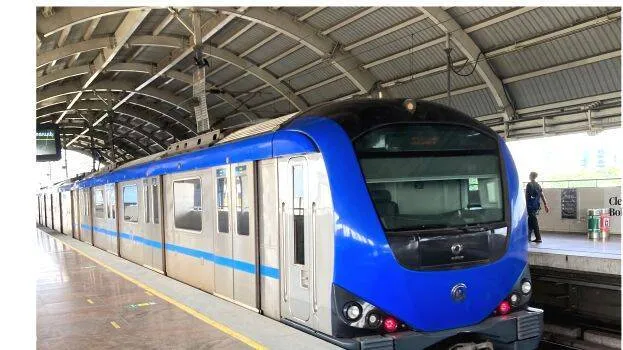

When a project launched in several parts of the country under a specific policy begins to take shape, the very criteria set for it can sometimes turn into a major obstacle! This is what is happening to the long-awaited metro project in Thiruvananthapuram. The central government’s rule that population should be the main criterion for allowing a metro in state capitals has now become the first hurdle for the project. According to this rule, metro approval is given only to cities with a population of at least 20 lakh. But as per the 2011 Census, Thiruvananthapuram's population is only 16.79 lakh. In the 14 years since the last census, the city's population must have grown significantly. More importantly, the idea that only permanent residents of the project area will use the metro is completely wrong.
The proposed metro route will start from Pappanamcode and pass through Killipalam, Palayam, Sreekaryam, Kazhakkoottam, Technopark, Kochuveli, and the airport, finally reaching Eanchakkal. The population of the city and surrounding areas is only 7.88 lakh according to the census, but considering population growth, the metro project report estimates it at 13.5 lakh. The report includes only the people living in the 371.94 sq km area where the metro rail passes through. This is also the basis of the current criteria. However, instead of focusing only on the resident population, the authorities should consider how many thousands travel daily to offices, hospitals, institutions, and other places in the proposed metro corridor. That alone can show whether the metro will get enough passengers to run profitably.
It cannot be said that the Centre has not shown any flexibility in the 20 lakh population rule. Patna, the capital of Bihar, has only 17 lakh people, while Bhopal, the capital of Madhya Pradesh, has only 18.8 lakh, according to the census. Yet both cities received metro approval earlier. This proves that population is not the only criterion. If needed, the Thiruvananthapuram metro can be extended in the future to Neyyattinkara and Attingal. These two towns have daily travel links with the capital. If these towns are included in the metro project and their population is added, the 20 lakh population requirement can be easily met. The revised project report should include this.
When we reported yesterday about the metro’s population hurdle, we had already mentioned this point. Also, the project report prepared by DMRC in 2014 noted that Thiruvananthapuram’s population is growing by 3% every year. This can also be added to the updated project report. Criteria are meant to ensure technical standards and prevent unnecessary claims. At the same time, these criteria should not become rigid obstacles. The real question is whether a state capital deserves metro connectivity. Thiruvananthapuram is growing every day, and tens of thousands travel to the city from other districts daily for various needs. Only a metro can bring major relief to the city’s traffic issues. What the state needs to do now is present these facts and figures clearly to the central government.